
Unveiling the Treasures of UNESCO’s World Heritage Sites
Imagine stepping into a realm where history whispers tales of bygone eras, natural wonders captivate the senses, and cultural traditions unfold like a tapestry of human ingenuity. This is the realm of UNESCO’s World Heritage Sites, a collection of 1,154 exceptional places scattered across the globe, each representing a testament to the rich tapestry of human civilization. unesco world heritage site
The World Heritage Convention has been ratified by 193 States Parties, but only 167 countries have properties on UNESCO’s World Heritage List.
While many travelers gravitate towards iconic sites like the Great Wall of China, the Taj Mahal, or Machu Picchu, there’s a whole world of hidden gems waiting to be discovered. These lesser-known gems offer unique experiences that are often more enriching and intimate, allowing you to connect with the local culture and heritage on a deeper level.
Sustainable Travel: Protecting the Legacy unesco world heritage site
As the world becomes more interconnected, so does the impact of tourism on these fragile cultural and natural treasures. It’s imperative that we approach travel with a mindset of sustainability, ensuring that our presence enhances the preservation and understanding of these sites for future generations.
This means opting for eco-friendly accommodations, supporting local communities, and respecting local customs and traditions. It also means being mindful of our impact on the environment, minimizing our carbon footprint, and choosing sustainable travel options that minimize waste and conserve resources.
The Importance of Education: Inspiring Global Citizenship
UNESCO’s World Heritage Sites serve as powerful educational tools, fostering a sense of global citizenship and appreciation for the diversity of human cultures and the natural world. They inspire us to learn about different ways of life, to understand the interconnectedness of our planet, and to take action to protect our shared heritage.
As travelers, we have a unique opportunity to become ambassadors for sustainable tourism, sharing our experiences and encouraging others to respect and protect these precious places. By immersing ourselves in the stories and cultures that these sites embody, we can deepen our understanding of our place in the world and contribute to a more sustainable and harmonious future.
So, embark on your own journey through time and space, venturing beyond the popular destinations to discover the hidden gems of UNESCO’s World Heritage Sites. Let these extraordinary places inspire you to become a responsible traveler, fostering a deeper appreciation for our shared heritage and the importance of sustainable practices. Together, we can ensure that these remarkable places continue to enrich our lives and inspire future generations. unesco world heritage site
Below are some of the best UNESCO World Heritage Sites around the world.
1. Angkor Wat, Cambodia unesco world heritage sites
Angkor Wat, located in Cambodia, is a renowned UNESCO World Heritage Site recognized for its historical, cultural, and architectural significance. Designated as a World Heritage Site in 1992, this iconic temple complex, originally built in the early 12th century by King Suryavarman II, is celebrated for its grand scale and exquisite Khmer architecture. Angkor Wat stands as a symbol of Cambodia, representing the pinnacle of Khmer artistry and engineering.
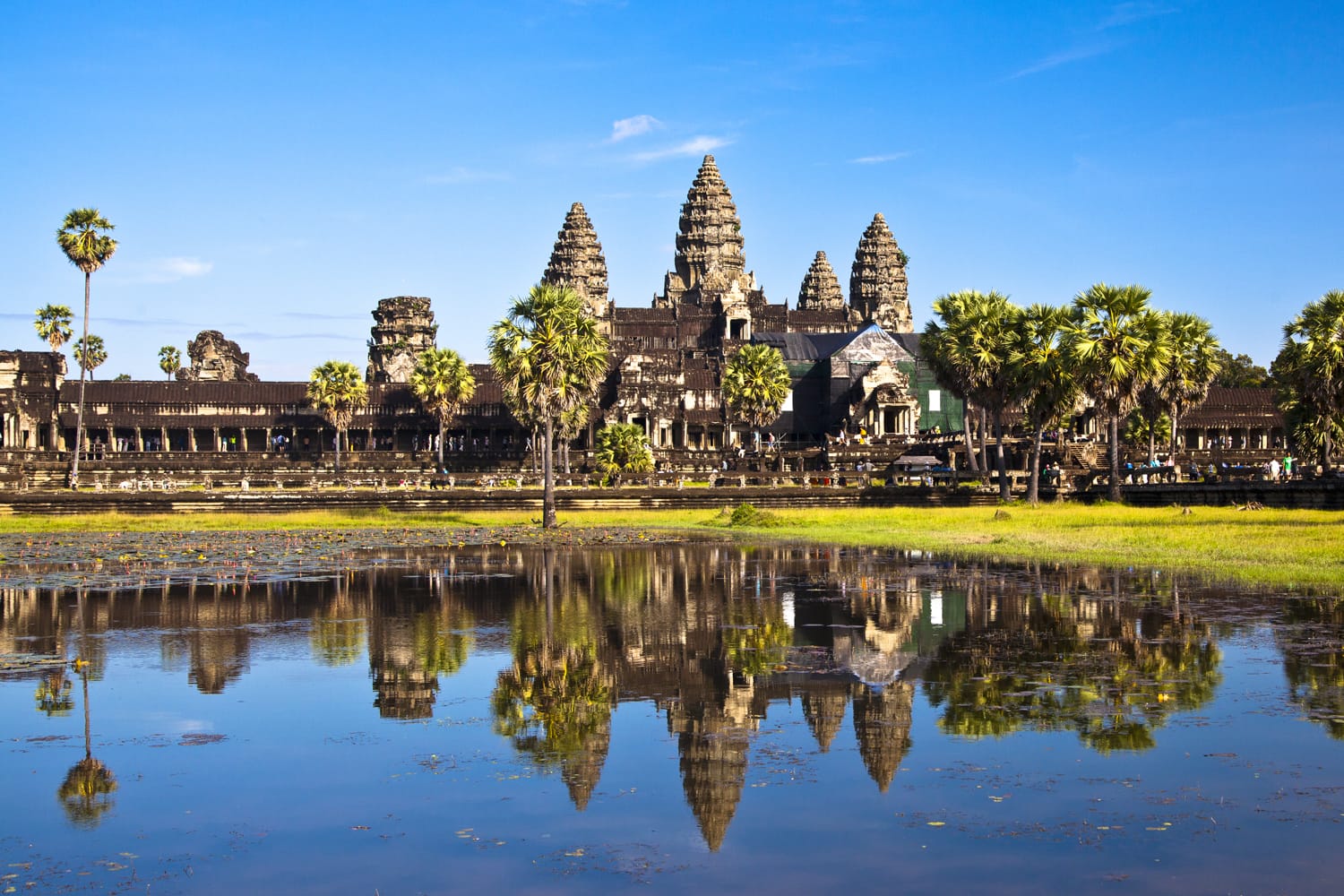
Tom Roche / shutterstock.com
2. Taj Mahal, India
Taj Mahal, located in Agra, India, is a UNESCO World Heritage Site recognized for its outstanding universal value as a masterpiece of Mughal architecture. Constructed between 1631 and 1648 by Emperor Shah Jahan in memory of his wife Mumtaz Mahal, the Taj Mahal is celebrated for its exquisite white marble construction, intricate inlay work, and harmonious proportions.
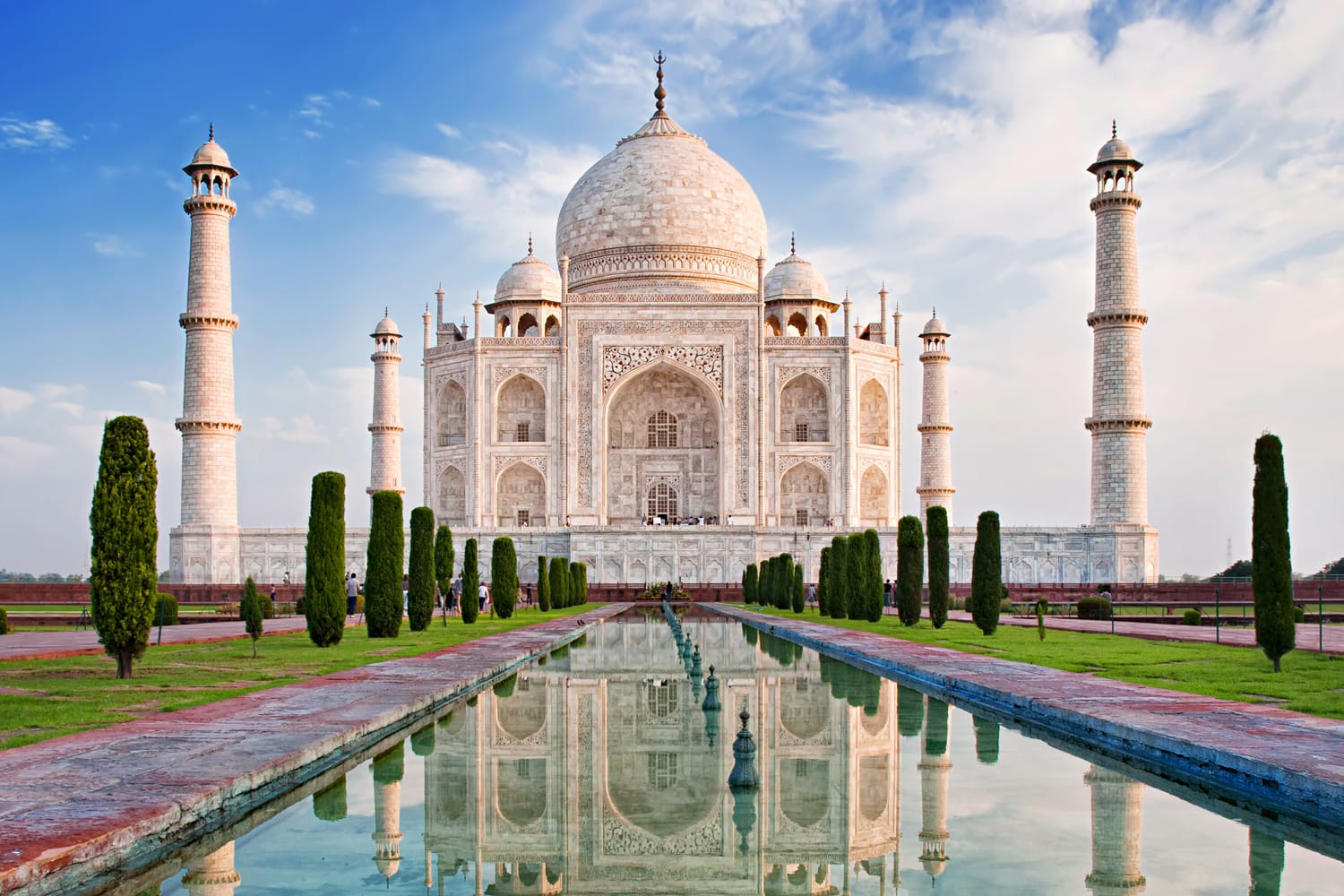
Olena Tur / shutterstock.com
3. Great Barrier Reef, Australia
The Great Barrier Reef is not only one of the most colorful places on Earth but also the planet’s largest coral reef system. This fascinating system is home to 400 kinds of coral, more than 900 islands, more than 2,000 types of plants, and even some endangered species of marine life like the sea cow. Stretching around 133,000 square miles, the massive Great Barrier Reef can even be seen from outer space.

Brian Kinney / shutterstock.com
4. Easter Island, Chile
This remote Polynesian island is famed for its 887 surviving monumental statues. With shrines dating back to the 10th century, the landscape is unlike any other you’ll ever see. These statues, along with other archaeological sites, reflect the island’s complex society and its remarkable achievements in sculpture and architecture.
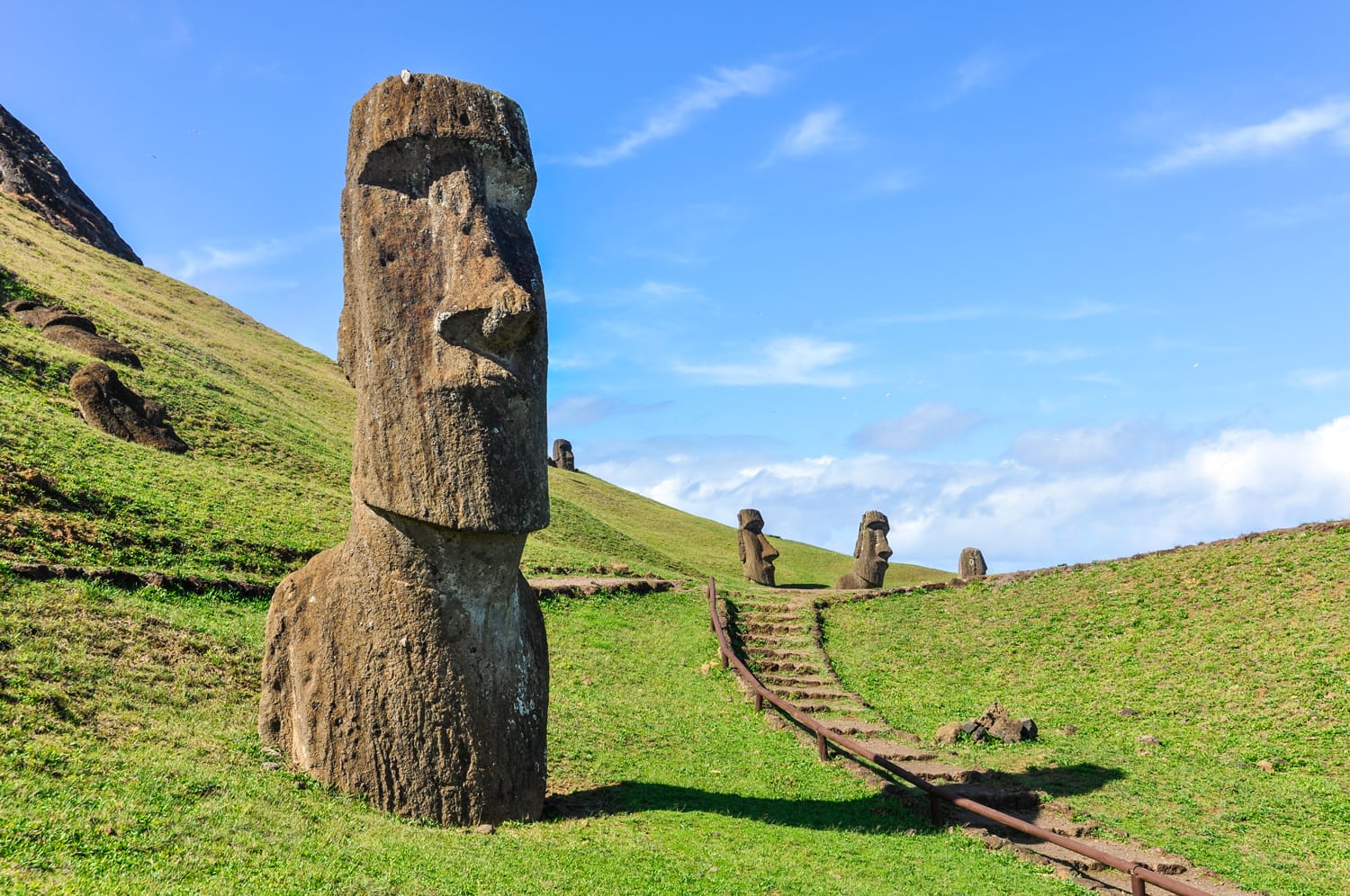
Gabor Kovacs Photography / shutterstock.com
5. Petra, Jordan UNESCO’s world heritage site
Petra’s rock-cut architecture has contributed to its nickname, the Rose City, based on the color of the stone it was carved from. The intricate construction of temples and tombs along with the remains of churches and temples are only a couple of reasons why this world-famous site is a must-visit destination.
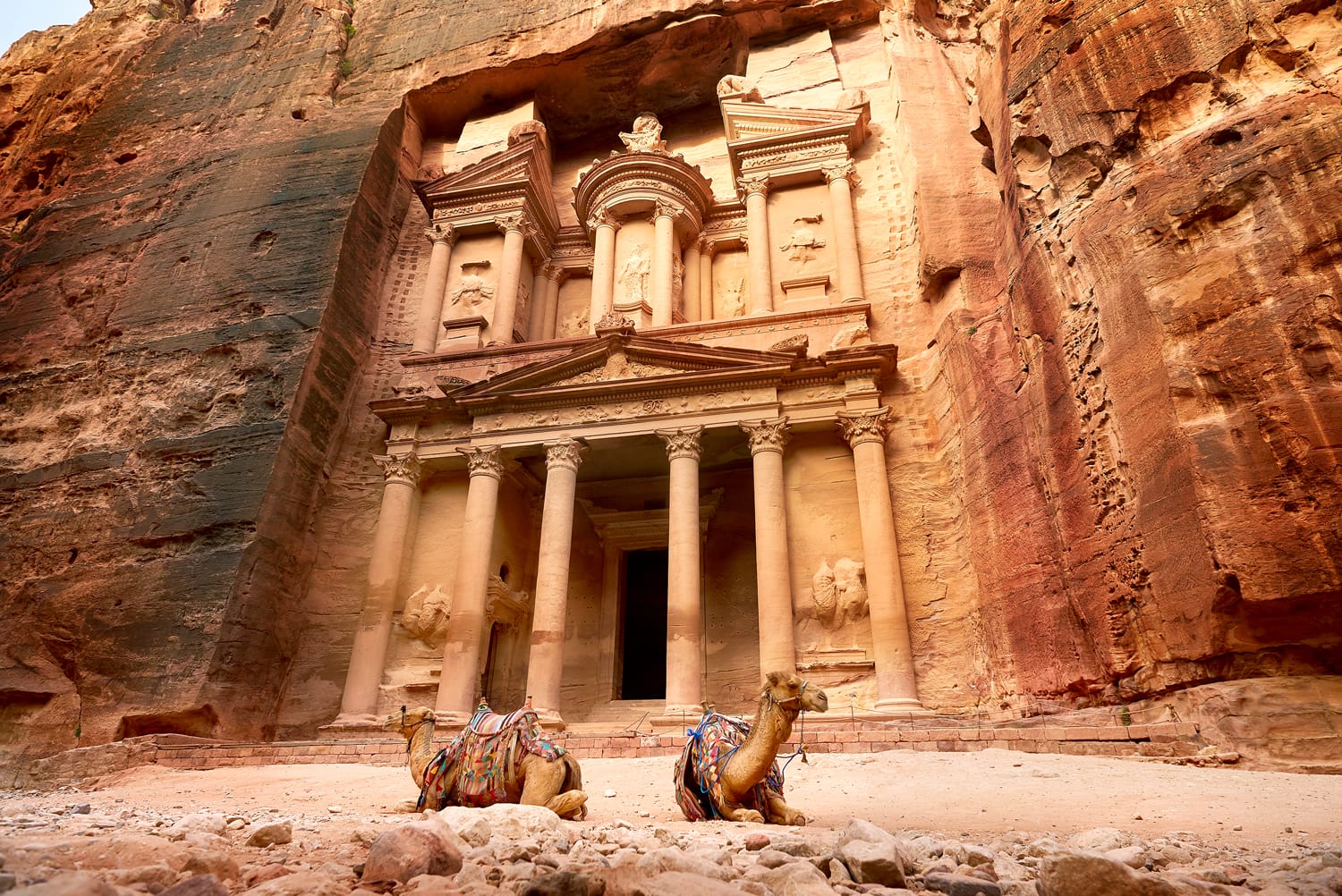
Aleksandra H. Kossowska / shutterstock.com
6. Machu Picchu, Peru
Rising up from a mountain forest to almost 8,000 feet above sea level is Machu Picchu, one of the Inca Empire’s greatest masterpieces. Machu Picchu is often the highlight of a visit to South America.
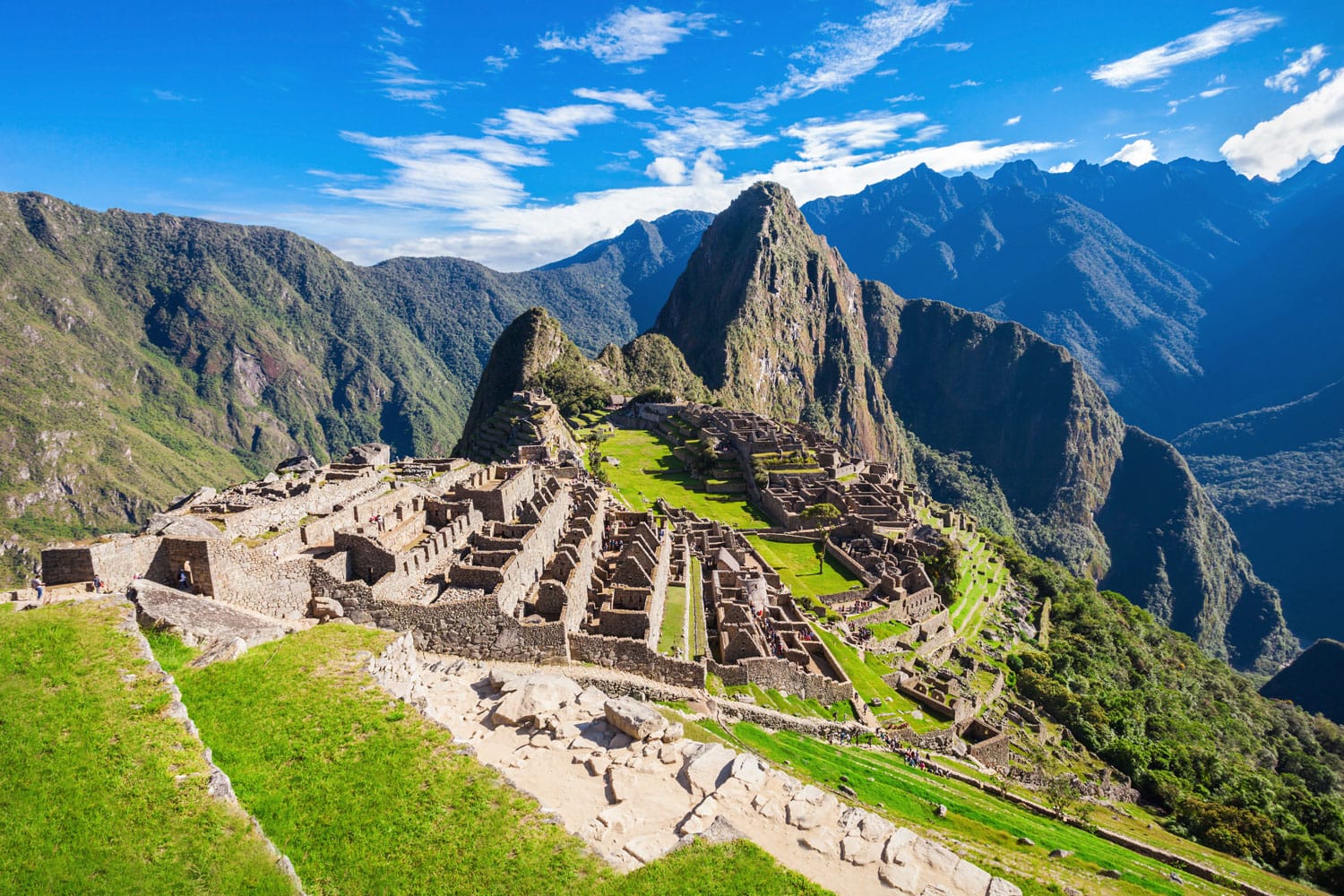
saiko3p / shutterstock.com
7. Old Havana, Cuba
Once a main hub for ship-building, the extensive system of defensive fortifications in Old Havana are now some of the largest and oldest in the Americas. While there are many sights and sounds to enjoy, nothing beats the Neoclassical and Baroque architecture surrounding Old Havana’s unique plazas.
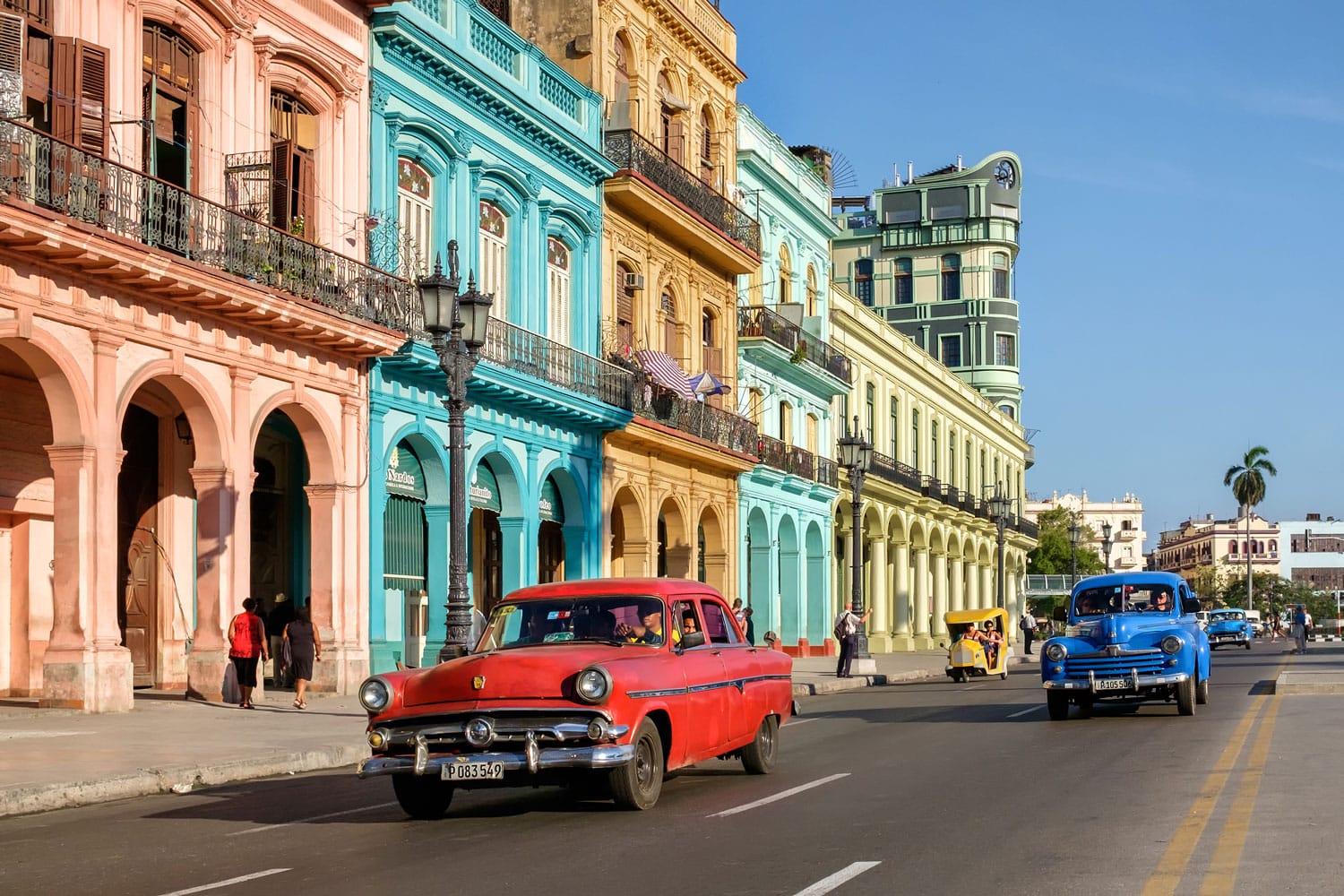
Kamira / shutterstock.com








